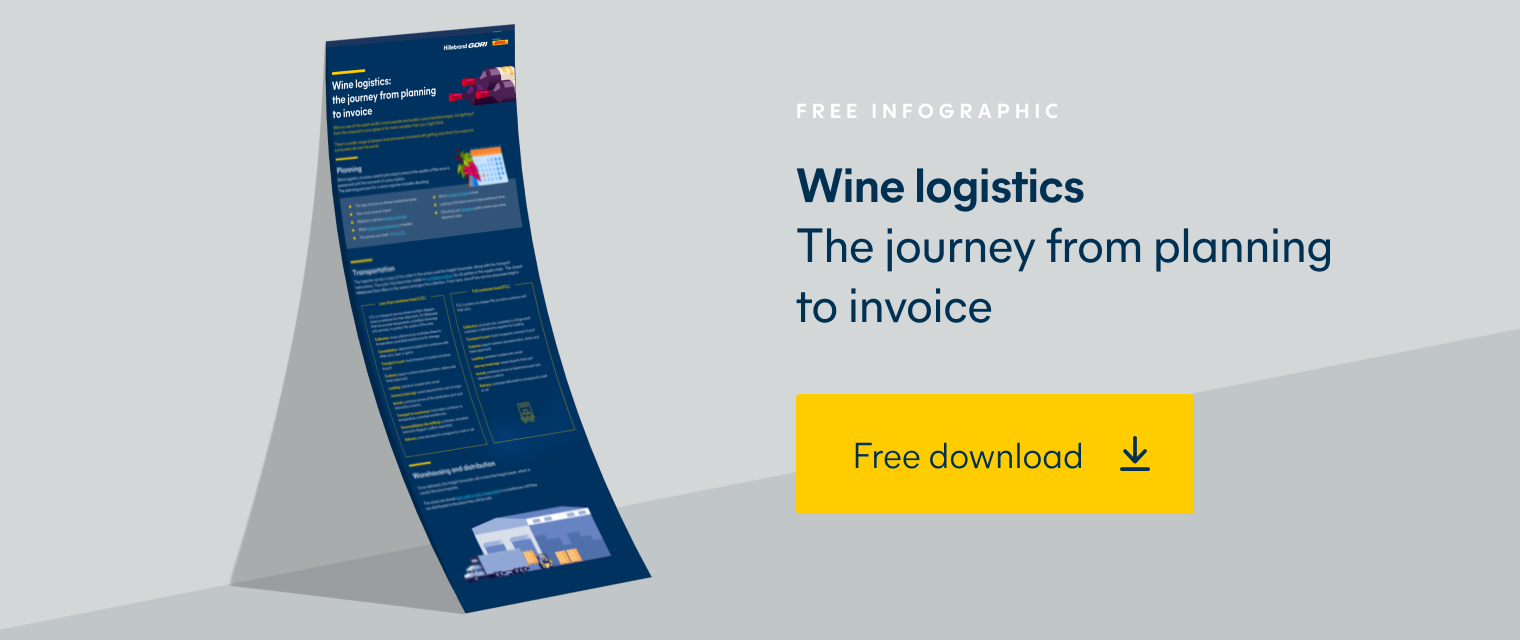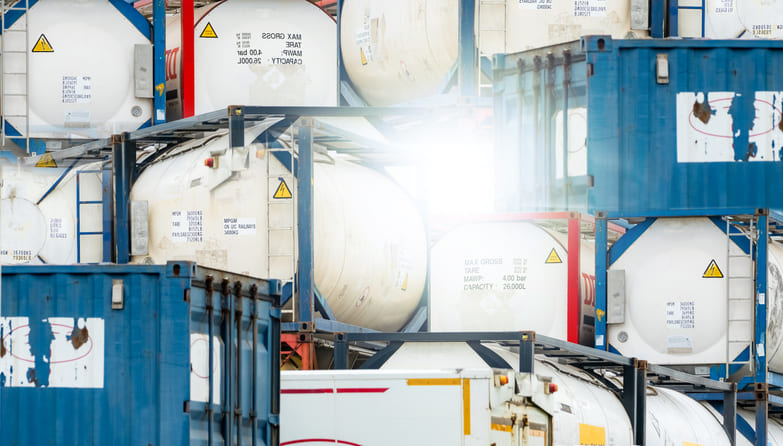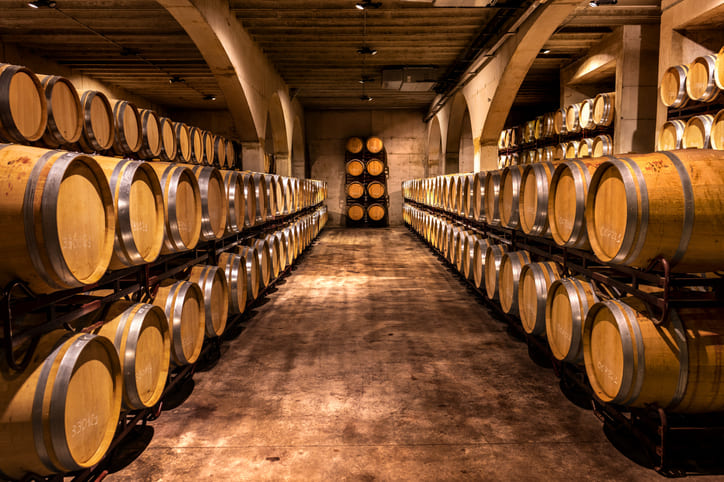CBM Freight: Calculating Shipping Costs
A lot goes into shipping.
From figuring out dimensions and weight to calculating shipping costs — it can be a lot to wrap your head around. And if you've been in the business of importing long enough, CBM (cubic meters) freight may be something you're already familiar with.
The term is commonly used in shipping goods, whether by air, land or sea. But what is it exactly? And why do freight forwarders use it?
Here's everything you need to know about CBM freight.
How do you calculate CBM freight?
Standard pallets of wine are 1 meter by 1.2 meter, while the Europallet is 0.8 meter by 1.2 meters.
Wine is typically stacked four layers high and you can load a maximum of 56 cases per pallet. Eleven Euro-pallets or 10 standard pallets can fit in a 20-foot container.
To calculate CBM freight, you need to know the length, width and height of your goods in meters.
For example, let's say you're shipping a standard pallet that is 1 meters wide, 1.2meters long and 1.5 meters high. The CBM would be:
width (in meters) x length (in meters) x height (in meters) = CBM
In this case, the CBM would be 3.7m3.
What does CBM stand for, and why do freight forwarders use it?
Ninety percent of goods shipped by sea are transported in dry containers, a no-frills standard shipping container made of steel or aluminum.
The size of a dry container is denoted in 20-foot equivalent units (TEU). A 20-foot container equals one TEU, while a 40-foot container equals two TEUs. While the size of a container matters, the CBM freight is used to determine how much space it takes up and, ultimately, how much it will cost to ship goods.
CBM is a measurement most commonly used in the shipment of less than container loads (LCLs). Freight forwarders use CBM freight for LCL or groupage services to get the best shipping quotes for their customers. With an LCL, you're not paying for a full container but only the space your goods take up.
This also means you're sharing the container with other shippers. Take a 20-foot container with a CBM freight capacity of 32.6m3, for example.
If you're only shipping 16.3m3 CBM of goods, you're paying for half the container. But if you fill the entire container with 32.6m3of goods, you're paying for the whole container.
An LCL load is often used to ship smaller quantities of goods, making it a more cost-effective option for many businesses.
Is CBM freight always used for shipping quotes?
No, CBM freight is not used for full container load (FCL) shipping quotes because you're paying for the container whether you fill it or not.
In an FCL shipment, the goods occupy the entire container space without sharing it with other shippers.
CBM freight is also not used for calculating the shipping cost of wine because the product is too heavy to load containers from floor to ceiling, especially if palletised. This is because double stacking full pallets would result in the layer on the bottom pallet being crushed.
To get a shipping quote for wine, W/M (weight or measure) is considered. This is where weight and CBM are compared at a ratio of 3:1 (1 ton = 3m3). That way heavy cargo such as beverages pays at a rate three times that of light cargo of the same CBM.
Otherwise the weight limit for a container reached before you reach the CBM limit and don’t get the full revenue required for the load to be cost effective.
CBM freight is a great way to maximize your loads and save on shipping costs. If you're unsure how to calculate CBM, don't worry — a freight forwarder like Hillebrand Gori will do it for you.
To learn more about our LCL services and how we can help you and your business, contact us to request a quote.





